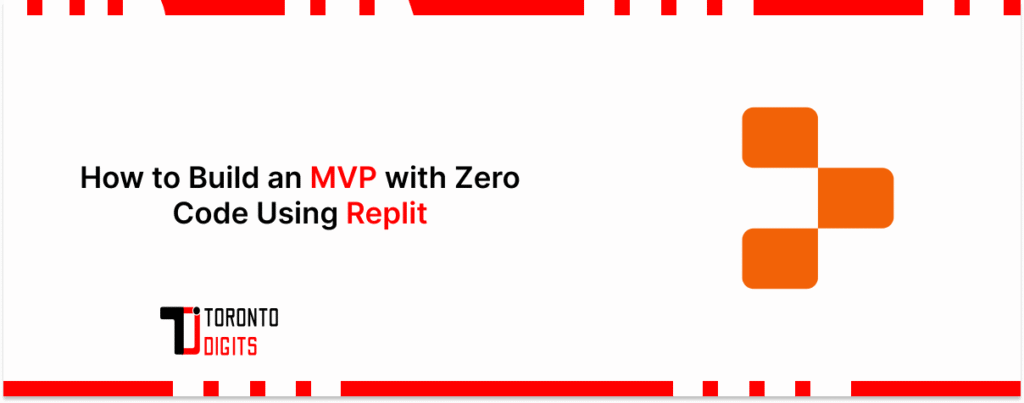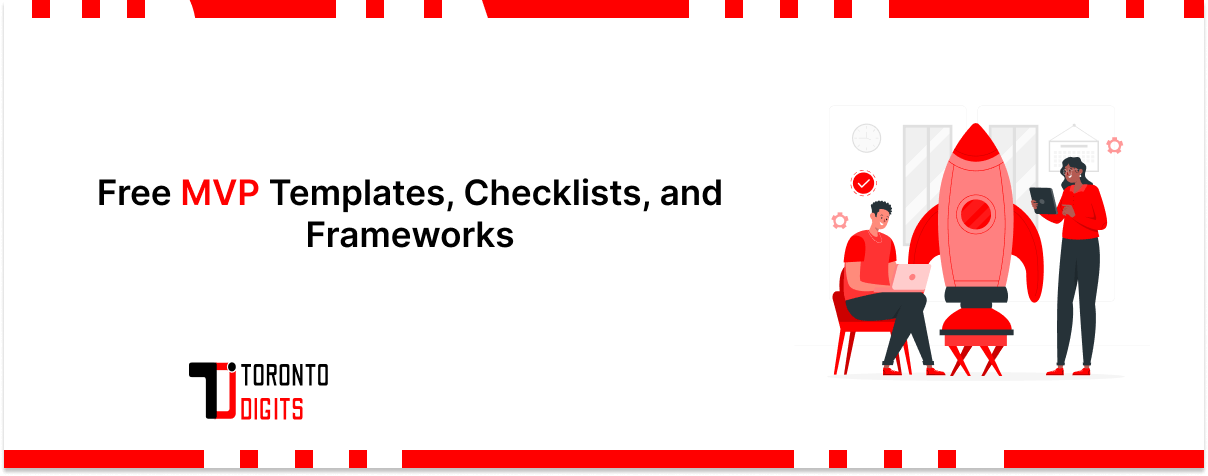Got a brilliant startup idea but are stuck because you don’t know how to code? You’re definitely not alone. Many future founders hit this roadblock, thinking tech skills are a must to get started. But here’s the good news: you don’t need to code at all to bring your idea to life.
Thanks to Replit — an online platform made for developers and non-developers alike — launching your first product just got way easier. Their AI tool, Replit Agent, helps you build a functional MVP (Minimum Viable Product) without touching a single line of code.
In this step-by-step guide, we’ll show you how to use Replit Agent to create your startup’s first working web app — no coding skills needed. By the end, you’ll have a real product in your hands, understand how to fine-tune it, and feel confident enough to test your idea in the real world.
Step 1: What’s an MVP & Why Does It Matter?
Before we jump into building, let’s quickly break down what an MVP actually means. MVP stands for Minimum Viable Product—basically, it’s the most basic version of your idea that still works and can be shared with real users.
Think of it like this: instead of spending months building a full-featured app, an MVP lets you test your idea fast. It helps you find out if people even want what you’re offering, without wasting time or money.
Here are a few simple rules to keep in mind when building your MVP:
- Start Small – Tackle one main problem your users face. That’s it.
- Test & Improve – Launch it, gather feedback, make changes, and repeat.
- Keep It Lean – Skip the fancy features no one’s asking for.
In this guide, we’ll walk you through creating a simple event invite web app. It’ll let users design and share invitations—straightforward, useful, and perfect for testing your big idea.
Step 2: Setting Up Your Replit Account
Before we get started, you’ll need to create a Replit account and upgrade to Replit Core ($25/month). This will give you access to the AI-powered development tools you need.
Here’s a helpful video explaining it all:
Pros:
- Affordable for early-stage founders – The $25 Core Plan includes credits for AI usage and deployment costs.
- User-friendly – The setup process is quick and doesn’t require any technical expertise.
Cons:
- Ongoing cost – If you’re bootstrapping, even $25/month might add up.
- Limited flexibility – While Replit is great for simple MVPs, scaling beyond a certain level may require switching to more robust tools.
Once you’ve signed up, you’re ready to build your first app!
Step 3: Writing the Perfect Prompt for Replit Agent
Replit Agent works by turning text prompts into working applications. You just describe what you want, and Replit does the heavy lifting.
Example Prompt:
“Create a web app where users can quickly create and share event invites. The app should be designed for casual, smaller events and include features like event creation, RSVP management, and visual confirmations.”
How to Use Replit Agent:
- Open Replit and start a new AI-powered project.
- Enter your prompt into the text box.
- Click Improve Prompt to make it more detailed.
- Replit Agent will refine your request and generate a plan for your app.
Here’s a helpful video explaining it all:
Pros:
Fast idea execution – You can have a working prototype in minutes.
Minimal learning curve – No coding knowledge is required.
Cons:
AI-generated code can be messy – If you decide to add complex features later, cleaning up the code might be necessary.
Limited feature depth – If your app needs advanced logic, Replit Agent might not handle it well.
Step 4: Watching Replit Agent Build Your App
Once you submit your prompt, Replit Agent will:
- Generate a project structure.
- Build the basic UI and backend.
- Display a live preview of your app.
You can watch the process unfold in real-time, like having a developer working right in front of you. If you don’t like something, you can tweak it in the chat interface.
Customizing Features
If Replit adds unnecessary features, ask it to remove them.
If you want extra functionalities, just describe them, and the AI will adjust accordingly.
Here’s a helpful video explaining it all:
Pros:
Real-time collaboration – Invite teammates to refine the app together.
Guided iterations – The AI assists in debugging and making refinements.
Cons:
Still requires testing – AI-generated applications can contain unpredictable errors.
Customization constraints – You may hit limitations if you need non-standard features.
Step 5: Testing Your MVP
Now that the app is generated, it’s time to test it out.
Here’s what to do:
Try creating an event.
Test the RSVP function.
Check if all buttons and forms work properly.
If something isn’t working, ask a Replit Agent to fix it.
Here’s a helpful video explaining it all:
Pros:
- AI-assisted debugging – Replit Agent can detect and fix errors automatically.
- Hands-on learning – You can better understand how apps function without coding.
Cons:
- Not foolproof – AI debugging is helpful, but may not catch all errors.
- Some manual adjustments might be needed – especially if expanding functionality.
Here’s a helpful video explaining it all:
Step 6: Deploying Your MVP
Now that your app is working, let’s get it live on the internet.
Deployment Options
Replit provides multiple deployment options, but for most MVPs, Auto Scale is the best choice since it’s affordable and requires minimal setup.
Here’s a helpful video explaining it all:
Pros:
- Quick to go live – One-click deployment makes launching easy.
- Scalability – You can upgrade hosting as your app gains traction.
Cons:
- Performance limits – If your app grows significantly, you may need a different hosting solution.
Step 7: Gathering Feedback & Making Improvements
With your MVP live, the next step is getting feedback and making improvements.
Next:
- Share your app with friends or early adopters.
- Watch how people use it.
- Listen to feedback and make improvements.
- Ask a Replit Agent to add or tweak features.
Pros:
- Continuous iteration – Easily update features based on user feedback.
- No need for external developers – Small changes can be handled directly in Replit.
Cons:
- Limited complexity – If users request advanced features, you may outgrow Replit.
What You Should Know Before You Start
You don’t need to be a developer to build your startup’s first product. With Replit Agent, the technical part is handled for you, so you can stay focused on what really matters: validating your idea and getting it in front of users.
Quick Look: Replit Agent Pros & Cons
Pros:
- A rapid and budget-friendly way to prototype
- No coding skills needed
- Built-in AI support for debugging and updates
- Collaborate with others in real-time
Cons:
- Not ideal for complex or large-scale apps
- You might need to clean up or fine-tune the AI-generated code
- Limited when it comes to advanced features
Replit is a fantastic launchpad for early-stage founders. Just keep in mind — as your product grows, you may need more advanced tools down the line.
So if you’ve got an idea, don’t wait around. Head over to Replit, start building your MVP, and see where it takes you!




